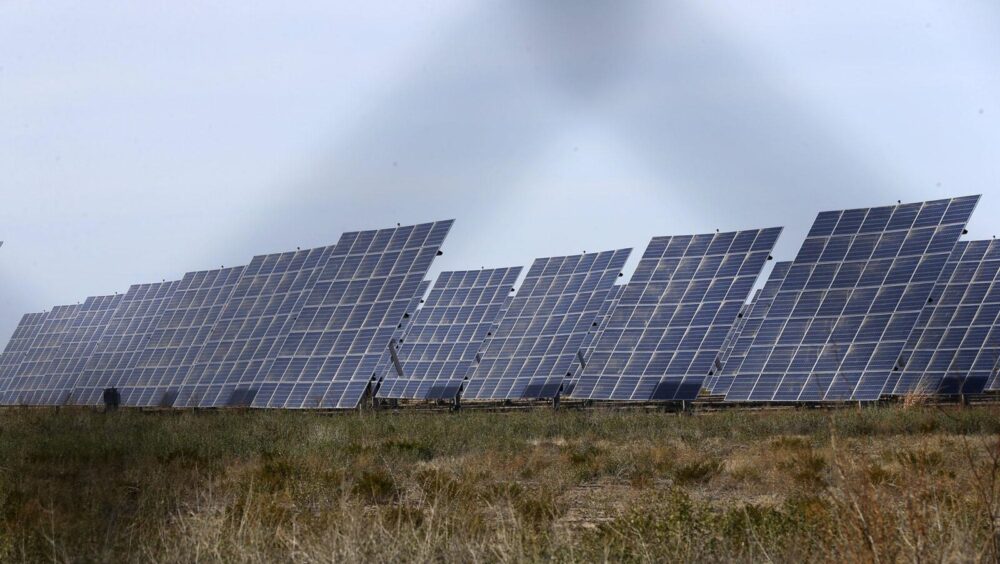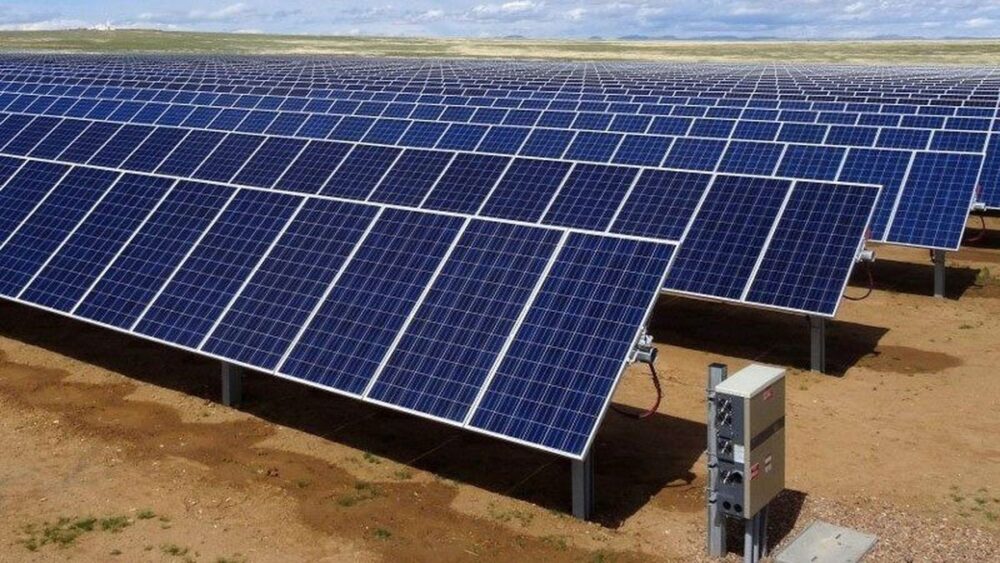Solar energy has been on the rise in Texas since its first large-scale commercial solar farm went online in 2006. Since then, investments and technologies have grown exponentially and now 4% of the state’s total energy comes from solar. Solar energy production has the potential to increase dramatically by 2025 thanks to the installation of nearly 5,000 MW of capacity across the state which will make up for more than 20% of Texas’ energy consumption at that time.
It provides many economic, environmental, and health benefits as an alternative source of renewable energy. Solar panels can help reduce electricity bills, reduce dependence on fossil fuels, improve air quality, create job opportunities in installation and maintenance services, provide a clean source of sustainable power generation and reduce climate-changing carbon emissions.
Solar Power Sources in Texas

The majority of Texas’s solar production comes through utility-scale projects located in the west, southwest, and south-central part of the state. Such projects range in size from 10 megawatts to 700 megawatts. Additionally, residential rooftop systems also contribute to the state’s overall solar output.
While only a fraction of total electricity generation currently comes from solar power sources in Texas, the adoption trend is promising and sector growth is expected to continue as more households install photovoltaic systems on their rooftops to benefit from abundant sunshine in order to save on their electric bills.
What are the potentials?

While a growing number of businesses and individuals have taken advantage of solar technologies and use alternative sources like wind and geothermal to power parts of their operations, Texas is still predominantly reliant on fossil fuels and nuclear sources for producing electricity. Despite this reliance on traditional sources, current efforts suggest that Lone Star State could be on track to significantly increase its share of renewable energy in the near future.
The Texas Legislature passed several bills designed to reduce regulatory barriers and increase customer access to distributed resources such as rooftop solar installations. Additionally, much progress is being made with large-scale projects featuring giant arrays that can generate more than 200 MW each covering thousands of acres in West Texas desert land or private ranch land nearby urban areas. Advanced grid technology is also being employed to handle intermittencies caused by intermittent production from renewables like solar due to clouds or wind speeds changing hourly or daily.
With continued incentives for development such as tax credits or feed-in tariffs, plus favorable forestry regulations incentivizing large acreage projects with Government-backed loans and grants available for residential applications – Texas has plenty of potentials when it comes to increasing its share of renewable energy generation using sunshine!
Conclusion
Currently, Texas has 25 gigawatts of installed solar capacity with plans for a further expansion that would bring the total to 40 GW by 2030. These plans are expected to generate an estimated financial investment ranging from $19-30 billion dollars and create tens of thousands of jobs throughout different sectors in the state.
Texas’s commitment to the development of clean and green technology can be seen in the growth of its solar power sector over time, which has proven to be an invaluable resource for achieving a sustainable form of energy production in the future.



